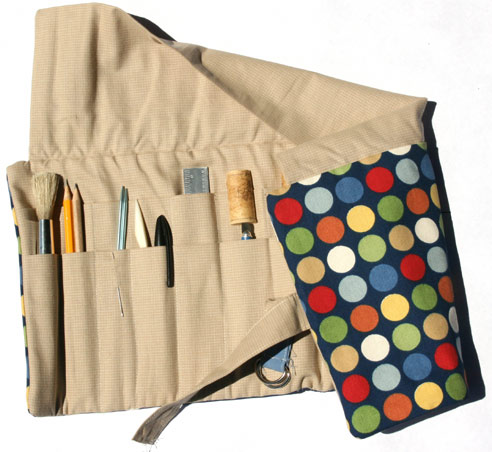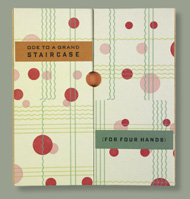 Most books are about the words inside — “Pride and Prejudice” is good whether in a used and worn paperback or a finely bound volume. Not so for most artists’ books. Not only do you need to “read” them in the conventional sense of reading the words but almost universally they can’t be appreciated or understood without manipulating the structure in some way. The paper, the binding, the overall construction contribute to the words and images.
Most books are about the words inside — “Pride and Prejudice” is good whether in a used and worn paperback or a finely bound volume. Not so for most artists’ books. Not only do you need to “read” them in the conventional sense of reading the words but almost universally they can’t be appreciated or understood without manipulating the structure in some way. The paper, the binding, the overall construction contribute to the words and images.
![]() So exhibitions of artists’ books can be difficult to mount effectively. The books are often fragile and from very small editions so can’t be handled or replaced. At most you can show one spread, the covers and the spine.
So exhibitions of artists’ books can be difficult to mount effectively. The books are often fragile and from very small editions so can’t be handled or replaced. At most you can show one spread, the covers and the spine.
![]() Enter the video — a short movie can show off a book very well. Here are two I know about; if you know of any other good online displays of artists’ books, let me know.
Enter the video — a short movie can show off a book very well. Here are two I know about; if you know of any other good online displays of artists’ books, let me know.
- The Getty Museum in LA has a nice online display of Julie Chen and Barbara Tetenbaum’s Ode to a Grand Staircase (above).
- This YouTube video for the song OK shows off the wonders of pop-up books.


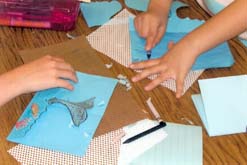


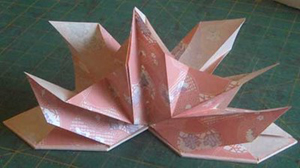
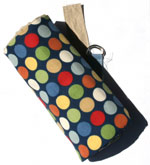 Jamye Jamison, a paper conservator here in the Bay Area, has a roll-up soft-sided case for her tools (bone folder, scissors, x-acto knife, brush, pencil, ruler…) that I covet. I use a zippered pouch for my own tools, but I have to dig around in it to find anything (and sometimes get poked). Jamye got her roll-up as a graduation present and it was made specifically for her, with bright fabric on the outside. She thought a roll-up case for knitting needles might work, so I looked on Etsy and found this case from
Jamye Jamison, a paper conservator here in the Bay Area, has a roll-up soft-sided case for her tools (bone folder, scissors, x-acto knife, brush, pencil, ruler…) that I covet. I use a zippered pouch for my own tools, but I have to dig around in it to find anything (and sometimes get poked). Jamye got her roll-up as a graduation present and it was made specifically for her, with bright fabric on the outside. She thought a roll-up case for knitting needles might work, so I looked on Etsy and found this case from 